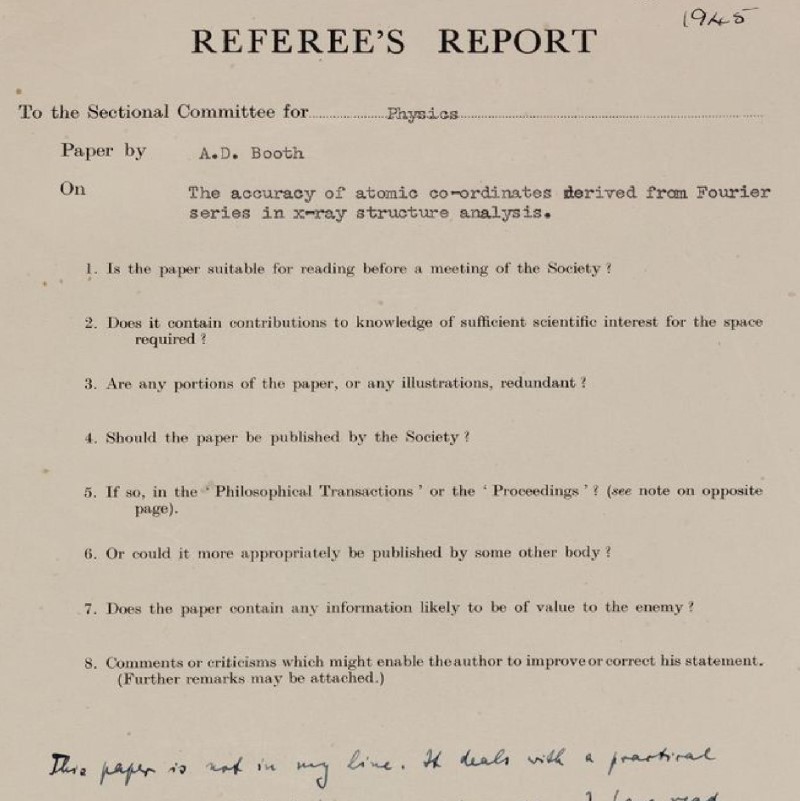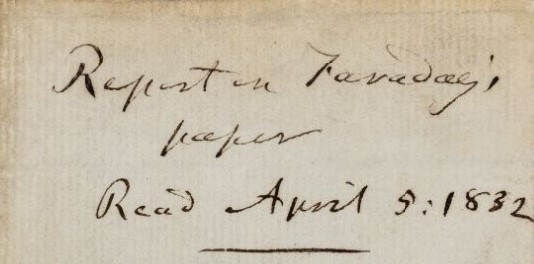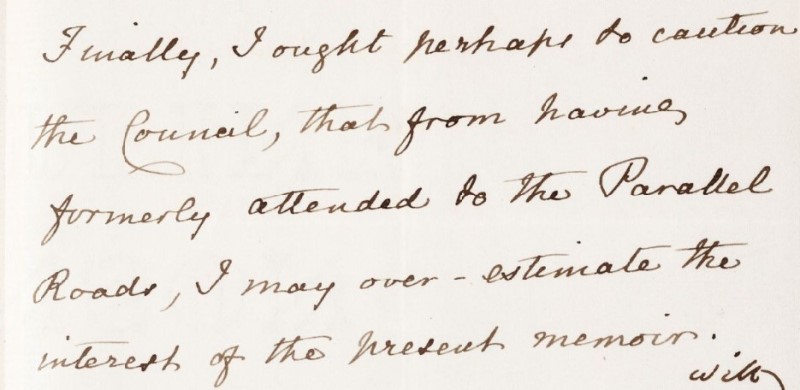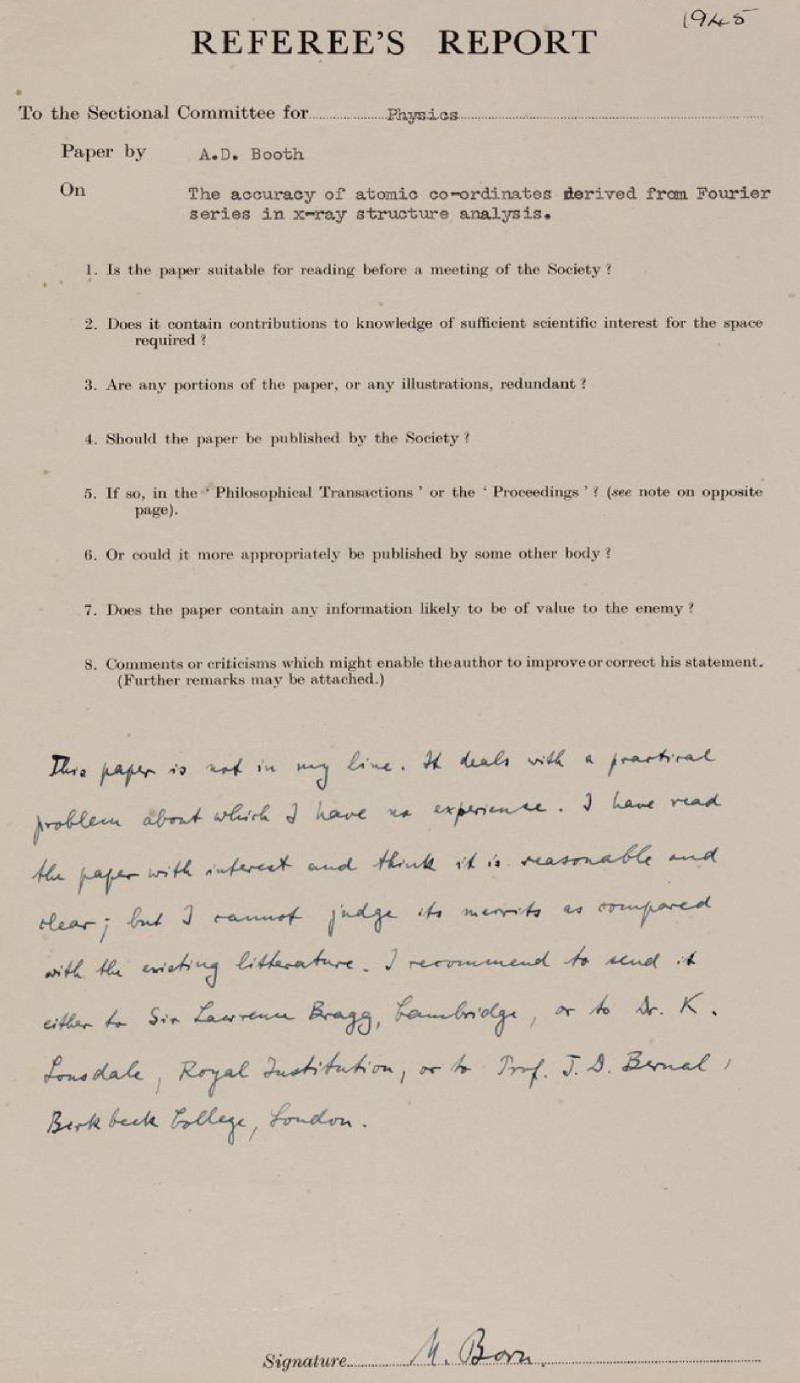Transparency and equity have become central values in modern academic publishing—but how did we get here?

For scientists in the 17th Century, what did the future of peer review and the publishing process look like? Philosophical Transactions of the Royal Society, the world’s first and longest-running scientific journal, was launched in 1665. However, the scientific community would have to wait almost two hundred years before a formalised peer review process was introduced.
Things can only get better
For almost a hundred years, editorial power lay solely with the journal Editor, beginning with the founding Editor and the Royal Society’s first Secretary, Henry Oldenburg FRS. With one man serving as gatekeeper to publication in the journal, there was much room for progress.
By the 1750s though, a change was deemed warranted by the Society, resulting in the dilution of editorial power to a committee of Fellows. The movement towards democratic decision making, and the inclusion of different expertise and perspectives, reflects a more modern approach that would help lay the foundations for the peer review and editorial board structures of today. To meet the demand of a growing and diversifying scientific output in the years that followed, progress was made again in 1832 in the form of a nascent, formalised peer review process that utilised the expertise of the wider Fellowship.
Science in the Making – the newly digitised trove of the Royal Society’s archives – provides a window into the past of scholarly publishing practices, including these first steps of peer review. The insightful collection of referee reports sheds light on the evolving peer review process at the Royal Society from 1832-1949.
Open and shut
Taking inspiration from other European science academies at the time, the Royal Society’s editorial committee made an early endeavour into open peer review in 1831-32. In the same period that saw the introduction of a more formalised and thorough reviewing process, the Royal Society trialled the publication of reports in the newly established Proceedings journal, a companion to the Philosophical Transactions where the corresponding paper would appear.

'Report on Faraday paper, April 5th 1832'. Title page from the joint referees’ report by Samuel Hunter Christie and John Bostock, which was made available alongside the accepted paper, 'Experimental researches in electricity' by Michael Faraday. Both referees agreed on the paper’s importance.
The plan was for sets of referees to produce joint reports that would be made available with the accepted paper. The collaborative nature of the trial proved a struggle though—where some agreed strongly (as in the case of the Faraday paper above), others, naturally, experienced some disagreement.
In combination with concerns over confidentiality and personal reputations, the additional time and effort to prepare these reports collaboratively, and in a fashion that was fit for publication, deterred the editorial committee from continuing this open practice.
The Royal Society would have to wait until the 21st Century before revisiting open peer review, where it is now an established component of publishing, and a cornerstone of the open science ethos more generally. A key difference between then and now though is the independence of referees.
Independence and bias
Though the idea of seeking two experts two assess your manuscript may have seemed like progress, and more favourable to an author than the ruling of a single editor or a committee vote, there was of course still room for bias. There were often instances of referee 1 forwarding on the manuscript, plus their own report, on to a second referee, implying that one opinion might not be totally independent of the other. Independence is of course valued more highly today, and much more easily managed with online systems (rather than the postal service).
Not that scientists were unaware of the qualities of bias, as illustrated by Charles Darwin’s 1879 referee report on John Prestwich’s Scottish highlands geology paper, which includes a declaration of personal interest and a suggestion that he may be inclined to overestimate the usefulness and value of the paper—although, only as a final point.

Extract from Darwin’s report on 'On the origin of the parallel roads of Lochaber and their bearing on other phenomena of the glacial period'. Mercifully clear handwriting compared to some contemporaries. Typewriters and word processors would banish ink blots and impenetrable scroll.
Same old excuse
Amongst the perennial reasons for declined reviewer invitations and delayed responses—namely busy academic and personal lives—there were also era-specific causes, as alluded to in a 1942 review of a matrix theory paper, where two recommended referees were ‘busy with war work.’ The credibility of these excuses varied though—in 1926, mathematician Louis N. G. Filon FRS simply had an unavoidable yachting holiday.
Identifying the right candidate to review a paper appears to have always proved a challenge, with numerous examples of invited referees returning short, apologetic reports recommending alternative expertise be sought. Even Nobel Laureate Max Born found himself assigned papers beyond his abilities, such as an X-ray crystallography paper that he recommends be assessed by alternatives such as Lawrence Bragg and Kathleen Lonsdale.

Max Born’s brief report on 'The accuracy of atomic co-ordinates derived from Fourier series in X-ray structure analysis'. By the mid-20th century the reports had become more standardised with set questions concerning suitability, redundancy and interest, reflecting modern peer review reports. Question 7 is a reminder of the era though.
Experience shouldn’t be everything though. In 1875, the astronomer/inventor Warren De la Rue wholeheartedly recommended for publication the somewhat niche paper 'On polishing the specula of reflecting telescopes' by William Lassell, declaring that 'no-one has had more experience in the production of specula than Mr Lassell'. Thankfully, his report appears to be detailed.
Explore all referee reports, published papers and more with Science in the Making. For more on the history of publishing at the Royal Society, see A History of Scientific Journals Publishing at the Royal Society, 1665–2015.
